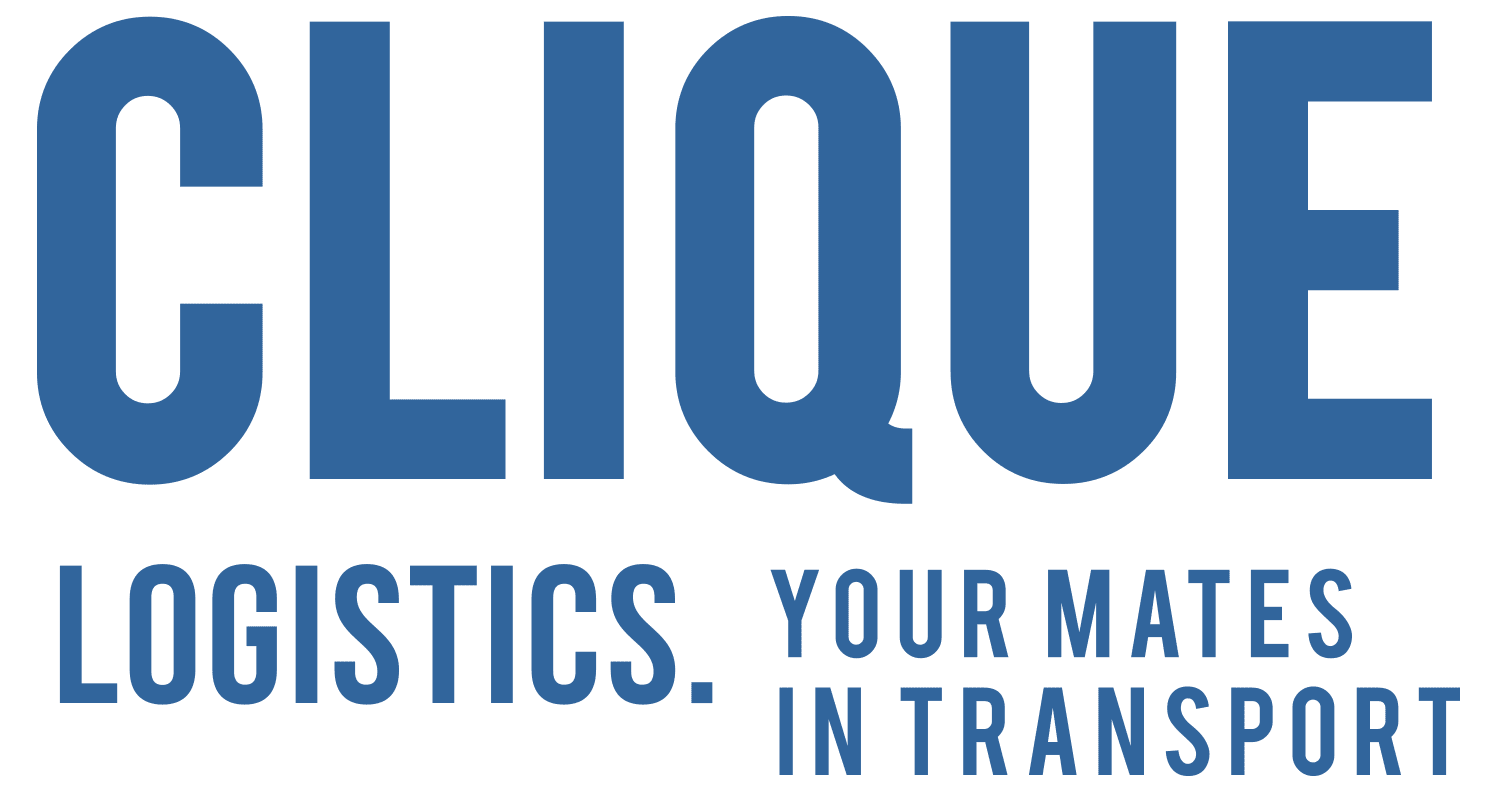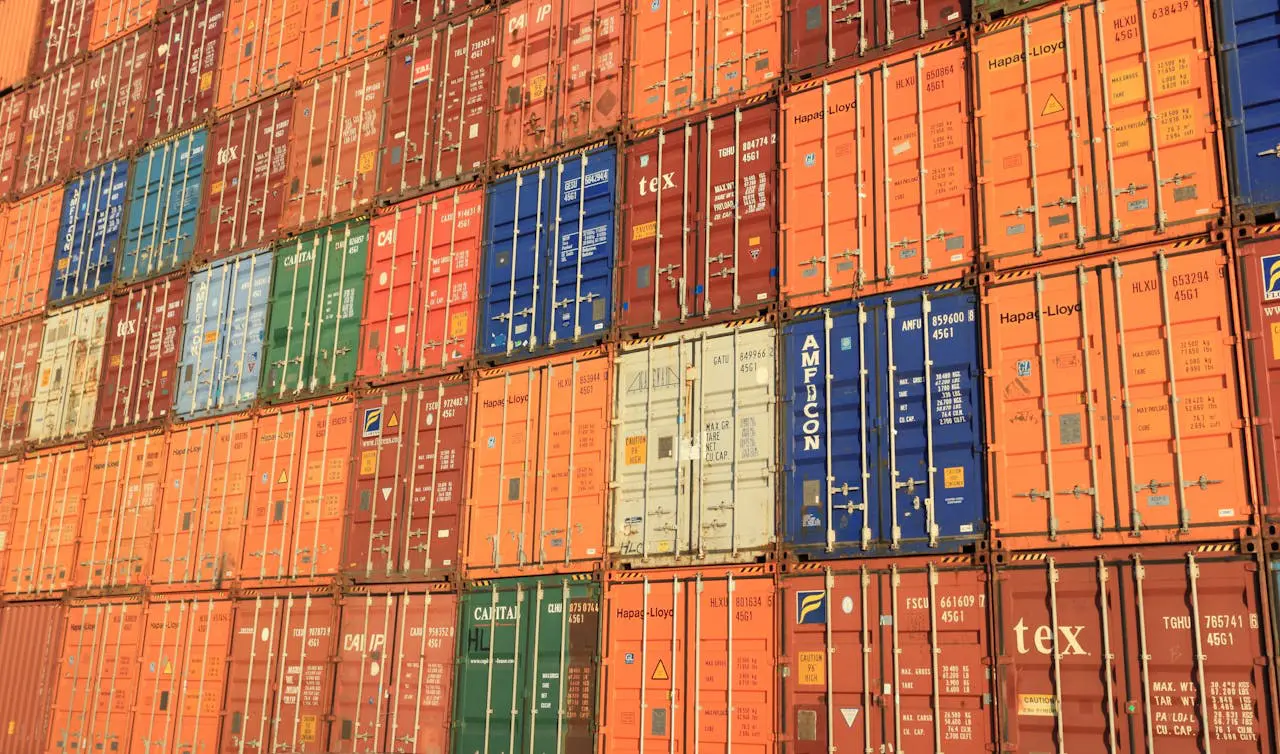Choosing the right carriers is crucial for cost-effective, reliable, and scalable freight management. Many businesses make the mistake of relying on a single carrier, assuming it simplifies operations. However, this approach can lead to inefficiencies, lack of flexibility, and higher costs.
A multi-carrier strategy offers businesses greater resilience, competitive pricing, and improved service levels. Here’s why optimising your carrier network is essential—and how to do it effectively.
-
The Limitations of a One-Size-Fits-All Approach
Relying on a single carrier might seem convenient, but it often results in:
- Limited service options: No single carrier excels in all regions or freight types.
- Higher costs: A lack of competition can lead to pricing inflexibility.
- Capacity constraints: Carrier availability fluctuates, creating risks of delays.
- Increased risk exposure: If a carrier experiences delays, strikes, or financial struggles, your business is vulnerable.
By diversifying your carrier network, businesses can adapt to market changes, demand fluctuations, and evolving customer expectations.
-
Benefits of a Multi-Carrier Strategy
Optimising your carrier network brings several key advantages:
- Cost Savings: Different carriers offer competitive rates based on shipment size, destination, and urgency.
- Faster Deliveries: Multiple carrier options allow for more efficient routing and shorter transit times.
- Better Service Reliability: Redundancy reduces disruptions caused by carrier delays or failures.
- Enhanced Flexibility: The ability to match the right carrier to the right shipment improves efficiency.
- Stronger Negotiating Power: With multiple carriers, businesses can negotiate better rates and service agreements.
A well-balanced carrier network provides the best mix of cost, service quality, and speed.
-
Key Considerations for Carrier Selection
To build an optimal carrier network, businesses should evaluate carriers based on:
- Coverage & Network Strength: Ensure carriers serve key regions efficiently.
- Performance & Reliability: Assess on-time delivery rates and service consistency.
- Technology & Integration: Carriers should offer real-time tracking and data visibility.
- Cost & Pricing Models: Compare pricing structures, surcharges, and discounts.
- Sustainability Initiatives: Eco-friendly carriers can support corporate sustainability goals.
- Customer Service & Issue Resolution: Carriers with strong customer service can help quickly resolve shipping disruptions.
Selecting carriers strategically helps businesses align logistics with operational and customer needs.
-
Leveraging Data & Technology for Optimisation
Modern transportation management systems (TMS) enable businesses to manage multiple carriers seamlessly. These platforms help with:
- Automated Carrier Selection: Choose the most cost-effective and efficient carrier for each shipment.
- Route Optimisation: Identify the fastest and most economical delivery routes.
- Performance Analytics: Track carrier efficiency and adjust partnerships accordingly.
- Freight Spend Analysis: Identify cost-saving opportunities based on shipment patterns.
- Predictive Analytics: Anticipate potential disruptions and adjust shipments proactively.
By using data-driven insights, companies can refine their carrier strategy for continuous improvement.
-
Continuous Evaluation & Adaptation
Optimizing a carrier network isn’t a one-time task—it requires ongoing monitoring and adjustments. Regularly reviewing carrier performance, negotiating rates, and analysing shipping patterns ensures that the network remains efficient, cost-effective, and resilient. Companies should also keep an eye on emerging logistics trends, such as new shipping technologies and evolving customer expectations, to stay ahead of the competition.
Conclusion
A multi-carrier approach enhances cost savings, service quality, and operational flexibility. By leveraging data, technology, and strategic partnerships, businesses can create a robust and adaptable carrier network. Investing in a diverse carrier strategy not only reduces risk but also ensures long-term logistics success.





